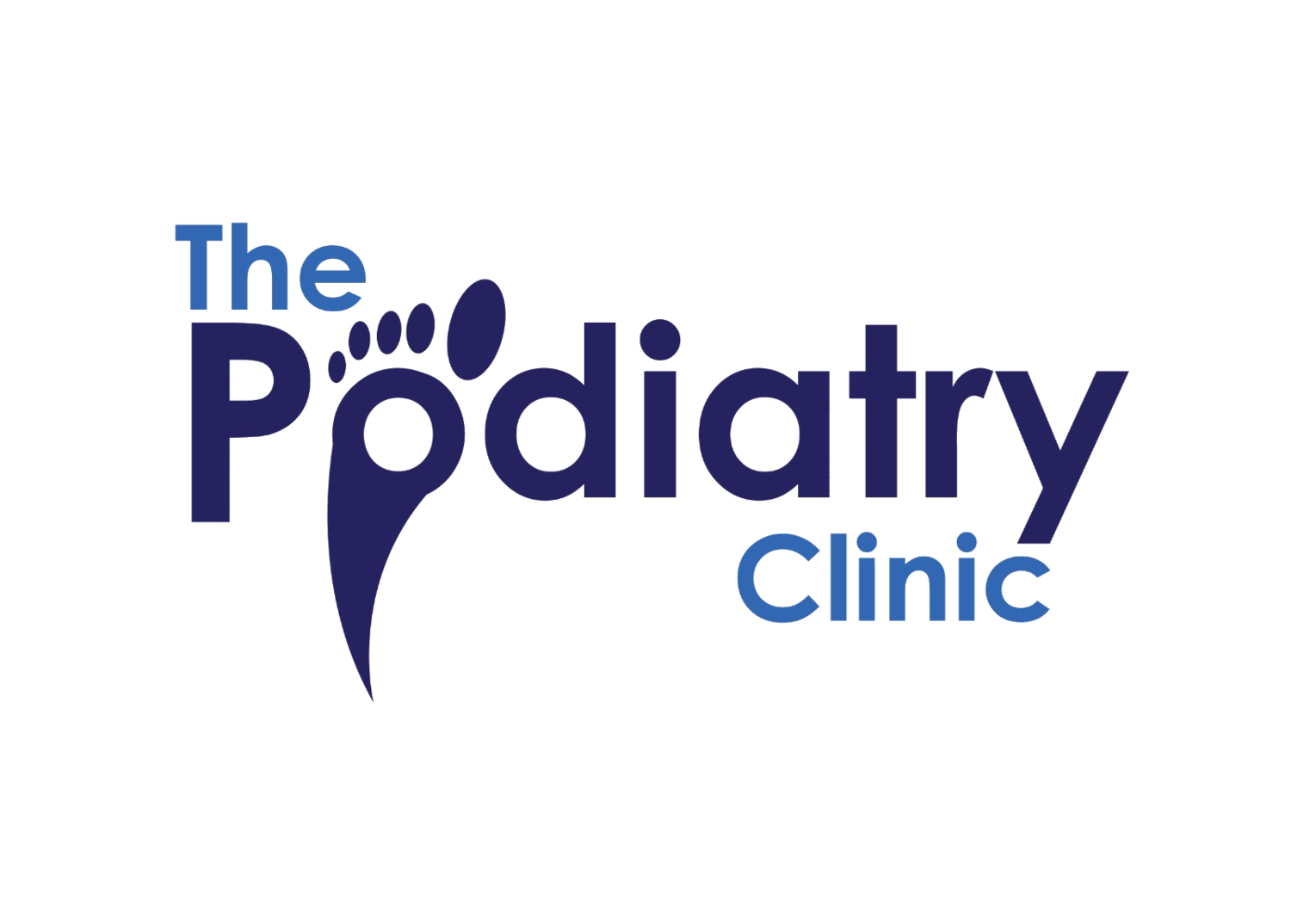Have I got a frozen shoulder?
Adhesive capsulitis, often known as frozen shoulder, occurs when the capsule (the membrane or sac) around the shoulder joint becomes inflamed and constricted.
Frozen shoulder is a painful and unpleasant illness that can drastically reduce your quality of life. It's a prevalent cause of shoulder pain, especially in those between the ages of 40 and 70, and it's more common in women and individuals with history of diabetes mellitus, thyroid disease and shoulder injury. Frozen shoulder comprises three stages, which have been thoroughly documented (BMJ - Best Practice 2016).
Stage 1 — ‘Painful stage - Freezing’. Your shoulder will get restricted as your pain increases, especially at night. This stage might extend anywhere from six weeks to nine months.
Stage 2 — ‘Stiff stage - Frozen’. Your discomfort begins to fade, but your shoulder remains stiff. It usually lasts for 6 to 9 months.
Stage 3 — ‘Thawing stage - Unfreezing’. Your shoulder movement improves, your pain diminishes, and you are able to resume your normal activities. This stage might span anywhere from six months to two years.



Types Of Frozen Shoulder
There are two types of frozen shoulder:
Primary adhesive capsulitis
Secondary (or acquired) adhesive capsulitis
Why do people get frozen shoulder?
Frozen shoulder's actual cause is unknown. Following a fall, a stroke, or a shoulder operation, you may get the condition. The majority of the time, though, it develops for no obvious reason.
What are the causes of primary adhesive capsulitis?
Primary adhesive capsulitis is a contentious topic. The exact causes of this illness are unknown at this time. Immune system alterations, as well as metabolic and hormonal imbalances, are all possible reasons. Diabetes mellitus, as well as certain cardiovascular and neurological illnesses, may be contributory causes. In fact, diabetic people are three times more likely than the general population to develop adhesive capsulitis. Primary adhesive capsulitis can attack both shoulders at the same time (though this isn't always the case) and is resistant to most treatments.
What are the causes of secondary adhesive capsulitis?
Secondary (or acquired) adhesive capsulitis occurs as a result of a known aetiology, such as stiffness after a shoulder injury, surgery, or protracted immobilisation.
What are the signs and symptoms of frozen shoulder?
Pain and lack of motion are the most common signs of frozen shoulder (BMJ - Best Practice 2016).
Depending on the source of the ailment, symptoms may appear gradually or suddenly. The emergence of symptoms in primary adhesive capsulitis is usually slow. An injury to the shoulder might result in a quick onset of symptoms.
The discomfort and loss of function associated with this ailment can have such a negative impact on one's quality of life that it prevents some individuals from sleeping properly or working.
How is frozen shoulder diagnosed?
Frozen shoulder is diagnosed only after a thorough medical history and physical examination. Many shoulder disorders cause pain and loss of motion, thus a thorough examination of the shoulder's full range of motion is essential. A physician requires facts such as a history of surgery or injury, as well as the presence of disorders such as diabetes, in order to make the accurate diagnosis.
The term "frozen shoulder" refers to a limited joint in one or more directions. The 'capsular pattern' is the term for this. When your joint is restricted in lateral rotation (when your elbow is tucked into your side and you move your hand away from you), abduction (extending your arm out to the side), and medial rotation (moving your arm in front of you), you have a capsular pattern (putting your hand behind your back). Frozen shoulder sufferers often have trouble putting on a bra, washing and brushing their hair, and reaching up to cupboards.
It's critical to understand the various types of motion loss. The most common symptom of primary adhesive capsulitis is a loss of mobility in all directions. Secondary adhesive capsulitis is more likely to cause a more definite loss of mobility, affecting some but not all movements.
The history and examination are usually adequate to determine whether or not a patient has frozen shoulder. Imaging may be required to confirm the diagnosis and rule out any other underlying issues. X-rays and Ultrasound Scan are considered 1st line of investigations (BMJ - Best Practice 2016).
In most cases of primary adhesive capsulitis, X-rays are unable to detect the source of shoulder stiffness. X-rays can reveal symptoms of arthritis, fractures, or metallic plates in secondary adhesive capsulitis, which may be contributing to mobility loss.
In circumstances where another condition, such as a rotator cuff rupture, is suspected, an Ultrasound Scan can be used to show soft tissue as cause of problem leading to frozen shoulder.
An arthrogram can be combined with an MRI to provide additional information on shoulder anatomy. Images are obtained after a dye is injected into the shoulder. The dye generates a contrast in the image, highlighting the exact site of adhesions as well as the limited space that is characteristic with frozen shoulder.
Frozen Shoulder Treatment
Treatment for a frozen shoulder is determined by the stage of the condition .
Stage 1:
The shoulder is generally highly painful during stage 1, and you are unable to perform basic jobs or obtain a good night's sleep due to the pain. If this is the case, pain relief should be the primary goal of your treatment. Medication, rest from the motions and activities that cause pain, and physiotherapy may be used to provide symptomatic relief. Gentle exercises, such as pendular exercises, can also aid in pain relief. Rest your other hand on a table, bend forward, and slowly spin your aching arm in circles to perform a pendular exercise (see below). If this aggravates your discomfort, you should stop and seek advice from a physiotherapist (BMJ - Best Practice 2016).
Stage 2 & 3:
Physiotherapy can be quite helpful on its own during stages 2 and 3, when the shoulder is less painful but still has limited movement. Start physiotherapy as early as possible in the course of frozen shoulder. Ensure adequate analgesia is provided during the course of physiotherapy (BMJ - Best Practice 2016).
Injection Therapy For Frozen Shoulder
Injection therapy may be required if the pain persists and is interfering with your daily activities (BMJ - Best Practice 2016). Injection treatment is especially beneficial in the following circumstances:
An ultrasound-guided steroid injection is the way to go if you're in a lot of pain, especially if it's waking you up numerous times a night. This claim is supported by medical research.
Pain that keeps you from doing things like washing and dressing, cooking, or participating in recreational activities.
Pain is interfering with your motivation to participate in physiotherapy rehabilitation.
Ultrasound Guided Injection for Shoulder Pain - Frozen Shoulder and Arthritis
According to a recent comprehensive analysis, steroid injections were determined to be the most effective treatment for frozen shoulder in stage one, the "painful stage" (Wang et al., 2016). Patients are having a terrible time finding pain relief at this point, and even tiny movements make the pain worse. It can take several hours or even days for discomfort to decrease when it becomes severe. Injections are used to reduce the pain and edoema associated with frozen shoulder. This provides you with a 'great opportunity' to correctly stretch your shoulder. For the best effects, physiotherapy should be started within two weeks of receiving a shoulder joint injection, according to studies.
Injections guided by ultrasound images are more successful at delivering medication to the shoulder joint, as well as reducing discomfort and improving function, than injections guided by landmarks (Daniels et al., 2018; Aly et al., 2015). According to study, ultrasound-guided injections can dramatically relieve the pain associated with frozen shoulder, especially in the short term. When injectable treatment and physiotherapy are combined, the results can be quite effective.
How Do I Book Cortisone(Kenalog/Steriod) Injection For Frozen Shoulder?
To book for a steroid injection you can call our normal reception line, 0121 285 5656 or email direct to hello@thepodiatryclinics.co.uk requesting an appointment for an injection. Please include your name, date of birth, your address and GP contact details. You will be sent a form to complete and forward back to us or bring along on the day which gives information about the injection.
Contact us: 0121 285 5656 Email: hello@thepodiatryclinics.co.uk
OR simply click the button below!
BMJ Best Practice (2016b) Adhesive capsulitis. BMJ. http://www.bestpractice.bmj.com<http://www.bestpractice.bmj.com/><http://www.bestpractice.bmj.com




